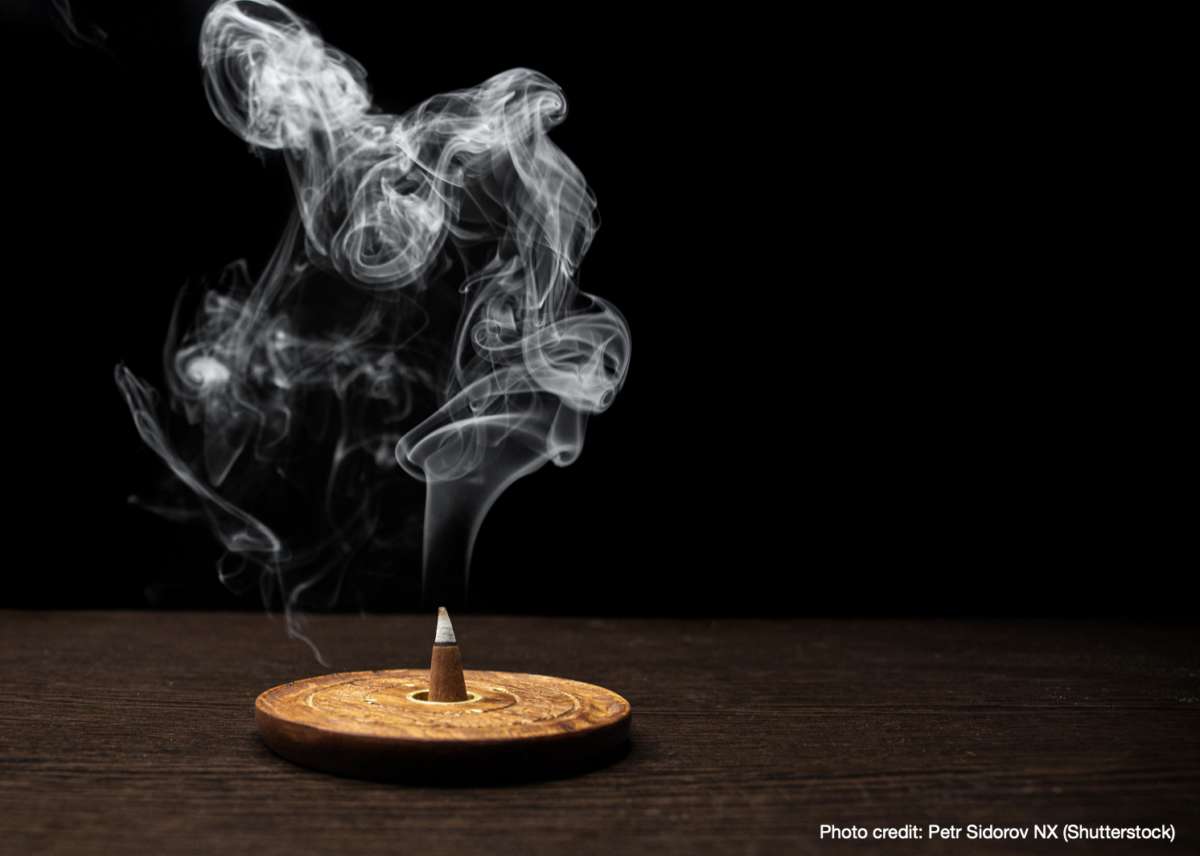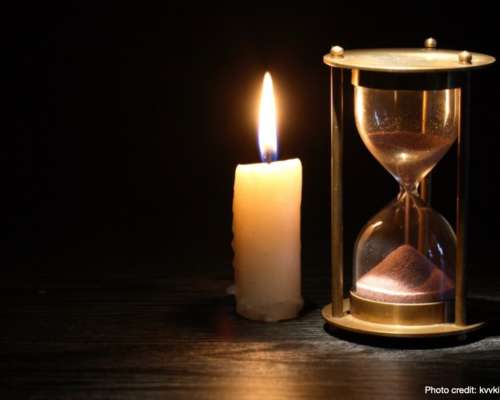Praying can be a real struggle for me sometimes. I’m hardly eloquent when I pray conversationally, and when I do my morning devotions, I am often likely to drift off to sleep as soon as I get started. I remember having a daily prayer for more than fifty people a few years ago, and going through it without sounding mechanical was like chopping wood and took a good thirty minutes or so to complete. I mean it was work! I know that some people are gifted in prayer, that God seems to honor their prayers in many cases if accounts are to be believed (e.g., George Müller, 1805-1898), but while I believe God hears my prayers and his Holy Spirit is with me day-by-day, still I would love to be able to pray as if God were in the car with me, or sitting next to me on the couch. My wife thinks I’m an “Aspie” and I tend to agree that I have quite a few traits characteristic of Asperger’s Syndrome, and if so, I know that vocal skills are not easy for a person on the spectrum. This is a post on visualizing prayer through the use of incense.
Use of incense to visualize prayer
But I’m also a visual person. It helps me immensely to visualize in my mind that my prayers are drifting upward to heaven, like smoke from an incense cone or burner. The smoke takes twists and turns but slowly rises higher and higher, sort of like the way I envision my prayers do. I know Catholics use incense in their services and I understand it is for the same reason that I’m thinking of, but somehow Protestants have let that practice fall to the wayside, because pagans, New Age cults, and members of other religions use incense as well, and we want to avoid any hint of that. But these same pagans and their brethren may very well eat chicken tenders and caramelized onions, and we don’t give those up because of any ungodly association.
Good and bad uses of incense
There are several places in Scripture such as Isaiah 1:13 where God stated He did not want people to burn incense. But there was a reason for it. After all, in Exodus 30:1, God commanded that the Israelites burn incense. And, one of the three wisemen presented baby Jesus with frankincense, a common form of incense used for burial. But you don’t burn incense to anyone but God and you do not offer it as a sacrifice for sin, since Jesus is our sacrifice.
Incense associated with prayer
In Revelation 5:8, each of the four living creatures that John saw “had a harp and they were holding golden bowls full of incense, which are the prayers of God’s people.” In Revelation 8:4 we read “The smoke of the incense, together with the prayers of God’s people, went up before God from the angel’s hand.” So, it seems that in some way God Almighty, Himself, associates prayers with incense.
Use of incense through the ages
The early church did not approve of incense. “With one accord, the Christian writes of the first three centuries at least, use language incompatible with the use of incense and lights in public worship” (Atchley:6.) Barnabas, Justin Martyr, Irenaeus, Clement of Alexandria, Tertullian all denounced it as pagan. However, many early church fathers did not approve of military service, going to the theater and so on, either. By the fourth century, however, incense was used in funeral processions involving Christians who died (e.g., Peter of Alexandria in 311 A.D.) and eventually in processions in church and certain rituals such as the blessing of bells.
With the coming of the Protestant Reformation, only the Catholics continued with incense, though “Luther’s reforms did not extend to the use of incense, and Lutherans of the Reformation era did not object to incense.” (Johnson)
I’m not saying that prayer needs incense and I’m not saying that incense potentiates prayer. I am saying that I don’t see anything wrong with incense if it is used properly (and you don’t accidentally burn your house down.) However, you should know that recent studies have noticed an increased cancer risk if you use incense regularly in nonventilated enclosures.
So, as far as Christians are concerned, on the one hand, there are restrictions concerning the use of incense, while on the other hand, very few protestant pastors would advise it even for sanctioned purposes. So, I’d like to offer the following caveats for those who consider it:
- Using incense to visualize prayer is not aroma therapy in this context.
- Nor is it an attempt to please God.
- It is not used among Christians to honor people or to protect Christians from evil spirits.
- Incense is not an offering or sacrifice, which is how pagans use it to appease their idols.
- If you use incense, choose a scent that is not overwhelming, distracting or nauseating.

Incense is made from plants and is mixed with aromatic oils, and sometimes resins. There is a wide variety, and some types might not be suited for Christian worship for any of several reasons, so if you’re interested in this topic, be sure to do thorough research on your own.
I’m not quite finished with this post. I understand that not everyone will have peace in their spirit to consider what I’ve posted on incense. I think I have freedom in the Lord to explore the topic, however. There are many things that we as evangelicals have discarded or glossed over (e.g., church holidays, our martyrs, the liturgy, the communion of saints, and so on.) Because part of my blog is academic, I hope to explore some of these topics in the future.
I’d also welcome whatever tips you might be able to offer on praying effectively.

Important note: Recent studies have indicated that there is an increased risk of squamous cell cancer if you expose yourself to incense regularly. Other studies report that this association only holds true for smokers. A third source notes out that while the link between incense use and cancer was statistically significant, it was a weak link. Cancers may appear at any place in the respiratory tract if they appear at all. In any case, caution is advised, and it might be wise to consult with your family physician in advance of any incense use. Image credit: Infinetsoft (Shutterstock.)
Citations
Atchley, E.G. Cutberth, A History of the Use of Incense in Divine Worship. New York: Longmans, Green & Company, 1909.
Johnson, Anthony W. and Roger D. Sell, Writing and Religion in England, 1558-1689, London: Taylor and Francis Group 2010.




